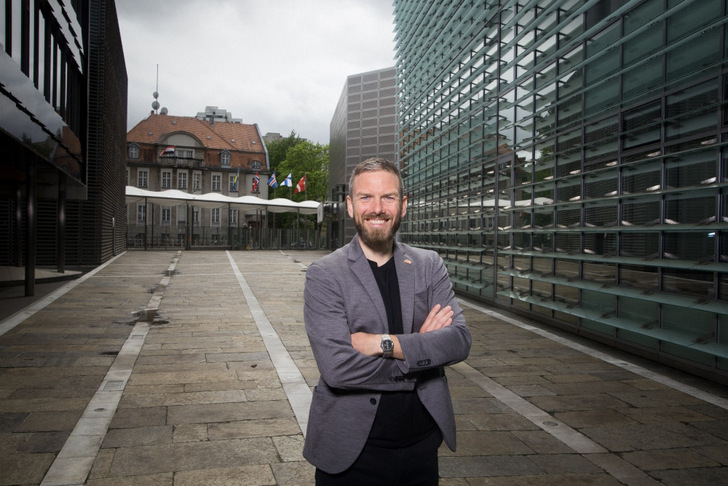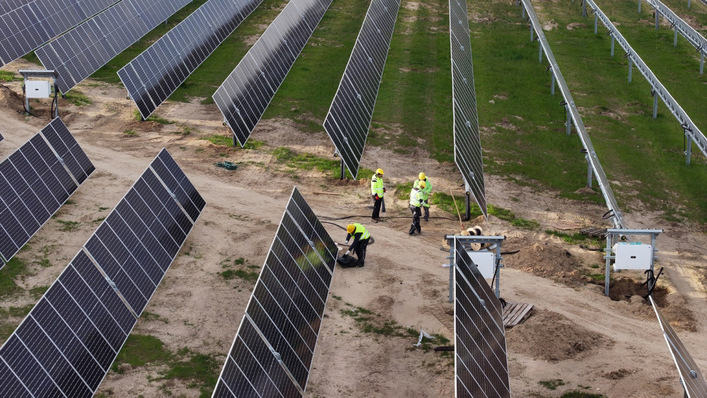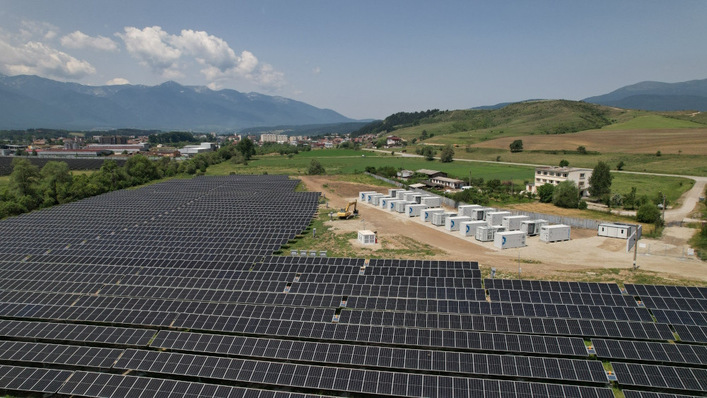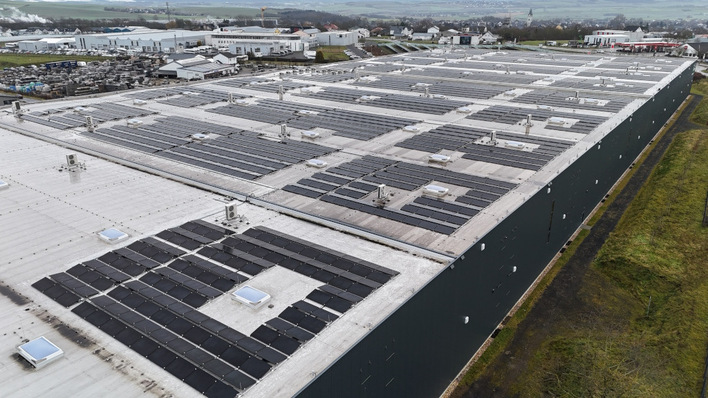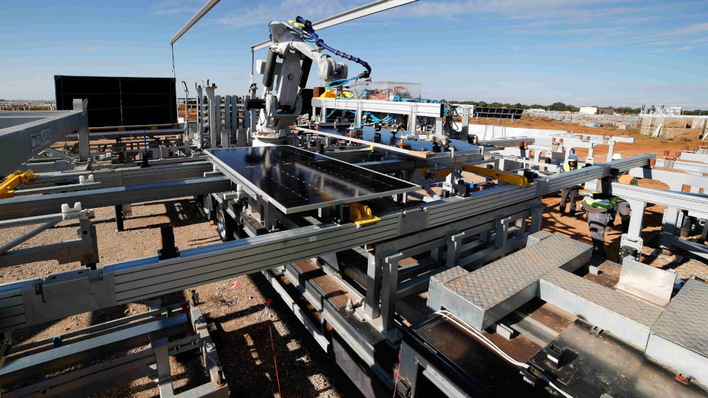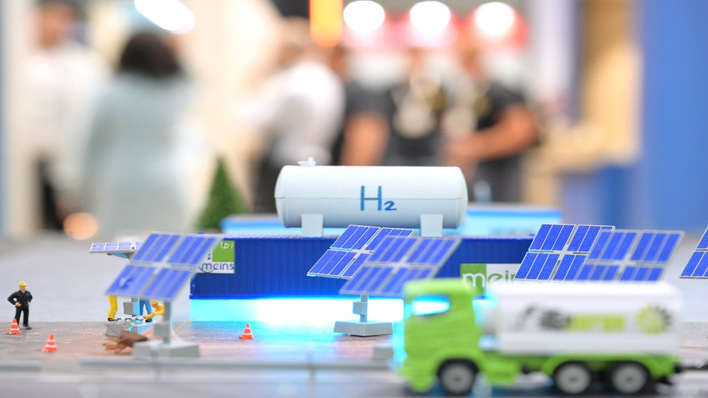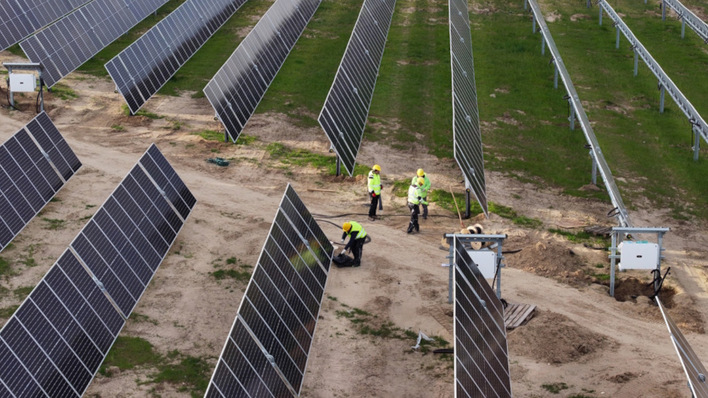Mr Jorgensen, Denmark has been a pioneer in the heating transition for many years. How far have you already come? Where do you currently stand?
Our heating transition is closely linked to our district heating system. Two thirds of the approximately 3 million households in Denmark are supplied with district heating and we have a 75 per cent share of renewable energies in district heating. A good half of the district heating comes from certified biomass, primarily wood. We want to reduce this share to 35 per cent by 2035. We want our district heating supply in Denmark to be 100 per cent climate-neutral by 2030. We are focussing heavily on electrification and large heat pumps. We want to use more geothermal energy for district heating, more waste heat from industry, more ambient heat from sewage water, heat from data centres and more surplus solar power for daily and seasonal storage.
How do you intend to decarbonise the heat supply to those buildings that are not yet connected to the district heating supply?
We currently have around 400,000 households that are still supplied with gas, which we want to move away from. To this end, our government adopted a strategic plan "Denmark can do more - two" in summer 2022. The aim is to switch to 100 per cent biogas by 2030 and to phase out the gas supply for buildings completely by 2035. The solution will then be either heat pumps or connection to the district heating supply, roughly half in each case. To this end, the Danish government has introduced accelerated heat planning, which builds on our many years of experience with mandatory municipal heat planning, which has been in place in Denmark since 1979 and is a key instrument for achieving our climate targets.
What does accelerated municipal heat planning involve?
In 2022, all Danish municipalities had to write digitally to all homeowners who still heat with gas within six months and inform them whether they will receive a district heating connection by 2028. If not, the affected homeowners will have to opt for other fossil-free solutions. All municipal utilities are currently drawing up implementation plans, in which they are calculating and specifying exactly when district heating connections will be available in the relevant areas.
Compared to Germany, this is very ambitious and strict. Aren't there also heated debates in Denmark about a supposed state policy of prohibition at the expense of market freedoms and the "little people"?
Actually, no. We have a phenomenon here that we call "politisk forlig", i.e. broad, consensus-orientated agreements that are supported by all parties. For example, our climate law is supported by 9 out of 10 parties, across all political camps. There has been broad support in Denmark for a policy away from fossil fuels and towards a renewable heat supply since the first oil crisis in 1973. This also includes a targeted increase in the price of gas, oil and coal by means of an energy and CO2 tax. Heating houses with gas is now the most expensive option and district heating is significantly cheaper.
How much does district heating currently cost in Denmark?
Currently, the average cost of district heating for a standard house with an annual consumption of 18.1 megawatt hours is just under 2,000 euros per year. Transparency is also important to us here. The 400 or so companies in Denmark that produce and sell district heating have to send their prices to the Danish Utility Regulatory Authority twice a year. The Inspectorate then publishes the prices on the Internet. The companies are also legally obliged to offer district heating not only as climate-neutrally as possible, but also as cost-efficiently as possible and to distribute or reinvest profits to customers. In addition, many district heating companies are organised as cooperatives and citizens have a stake in them or they are owned by municipal utilities.
Power2X plant for green fuels and district heating
So is there no cross-financing of other municipal services of general interest via income from the district heating supply?
No, cross-financing is not permitted and no profits may be generated from the district heating supply. The Kommunale Bank, in which all Danish cities and municipalities are involved, plays an important role in long-term municipal investments in the expansion of climate-neutral heat supply. It offers corporate loans on favourable terms. In addition, the municipality is the central authority for heat planning in Denmark and must approve all projects. Overall, the district heating supply in Denmark is much more heavily regulated than in Germany.
How do you pass on your experience in the field of heat planning and the expansion of municipal heat supply to your German neighbours?
On many levels. We work closely with the Federal Ministry of Economics, associations and municipal utilities as well as with federal states such as Hesse, North Rhine-Westphalia and Baden-Württemberg and with individual local authorities, either through consultation or in workshops. For example, Baden-Württemberg used our technology catalogue as a guide when introducing municipal heat planning and we cooperated in the creation of a heat planning guide and municipal heat registers.
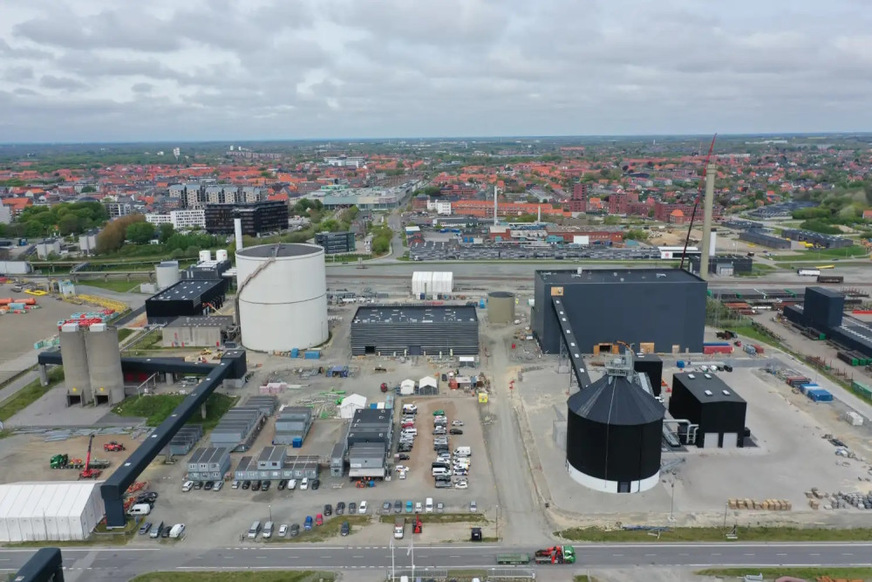
MAN Energy Solutions
We are taking a lot from Germany to Denmark to improve our heat transition. Our cooperation is a two-way street of knowledge transfer across the border. For example, funding programmes, competence centre for heat transition, technologies such as geothermal energy and waste heat.
How important is a solid data basis for municipal heat planning?
This is hugely important. But local authorities should take a pragmatic approach here. The heating plans don't have to be 100 per cent complete before you start. Municipal heat planning is a process. Further political decisions are incorporated here and plans can be further concretised over time. Further digitalisation and standardisation of the heat plans are also crucial. It is also extremely important that the local authority brings together the major local stakeholders such as industrial companies, hospitals, data centres and schools, as well as the electricity and gas network operators, in order to identify heat usage potential and agree on plans.
What other "levers" do you think are important in the transformation of the heat supply? What are your "lessons learnt" here?
In addition to transparency, investment security and suitable framework conditions for local authorities, diversification is important when switching to a climate-neutral district heating supply. In Denmark, we have so far focussed heavily on biomass. The inclusion of more energy sources, electrification and sector coupling also increases the security of supply and resilience of the overall energy system. That is why we are now in the process of greatly expanding photovoltaics in Denmark. Large-scale solar thermal plants are also an important component of our heating transition, where we have an installed capacity of 1.2 gigawatts. Seasonal storage systems can be used to store solar heat, solar and wind power for times when the sun is not shining and the wind is not blowing. This is cheaper than battery storage and creates added value for the entire energy system.
Interview by Hans-Christoph Neidlein


